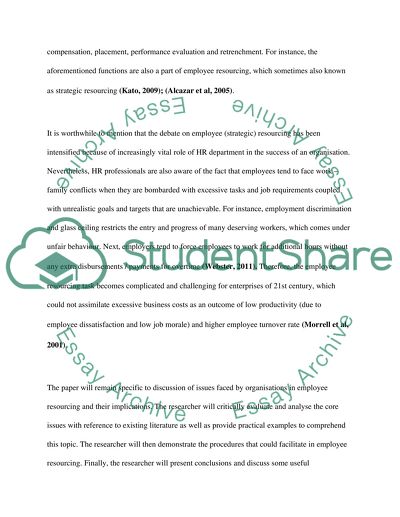Cite this document
(“Role of HR Department in the Success of an Organisation Essay”, n.d.)
Retrieved from https://studentshare.org/human-resources/1408080-employment-resourcing
Retrieved from https://studentshare.org/human-resources/1408080-employment-resourcing
(Role of HR Department in the Success of an Organisation Essay)
https://studentshare.org/human-resources/1408080-employment-resourcing.
https://studentshare.org/human-resources/1408080-employment-resourcing.
“Role of HR Department in the Success of an Organisation Essay”, n.d. https://studentshare.org/human-resources/1408080-employment-resourcing.


